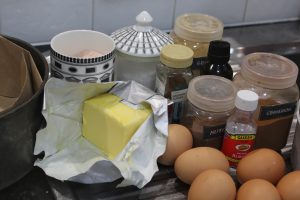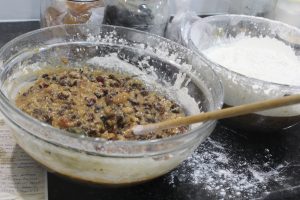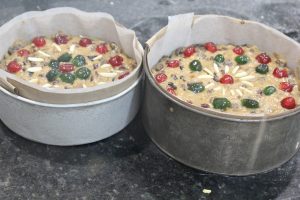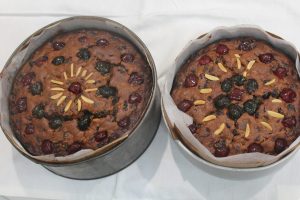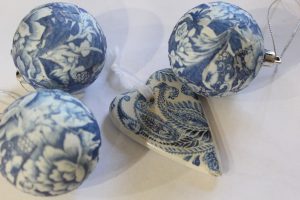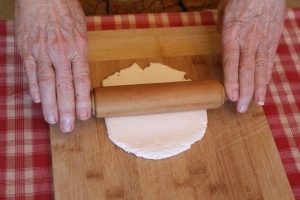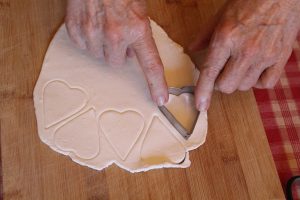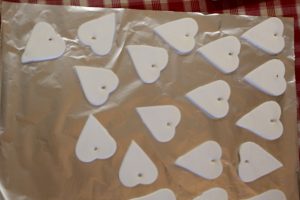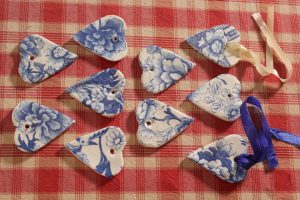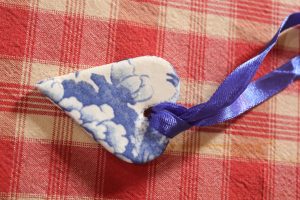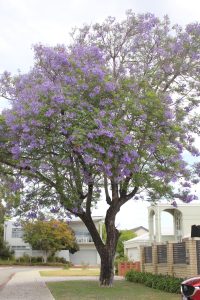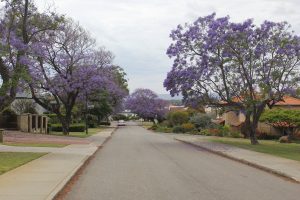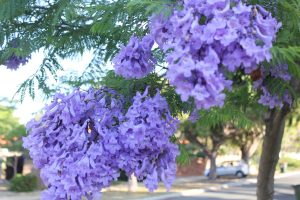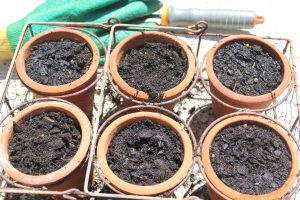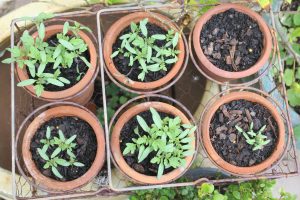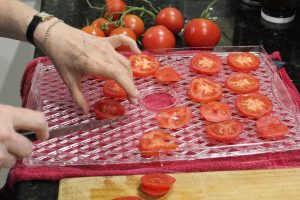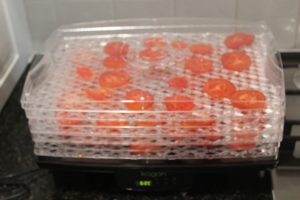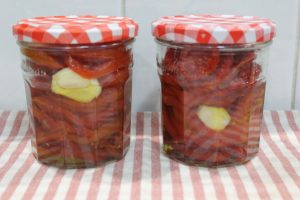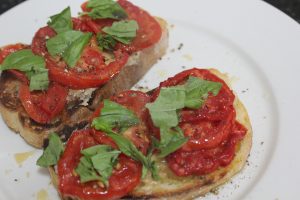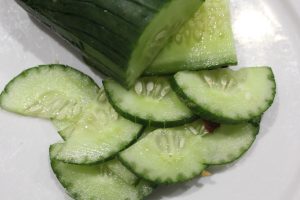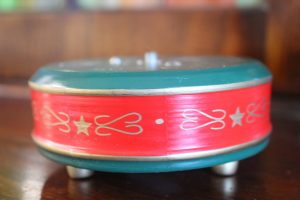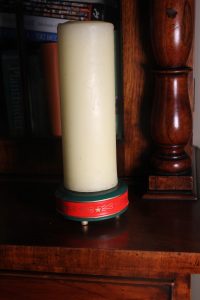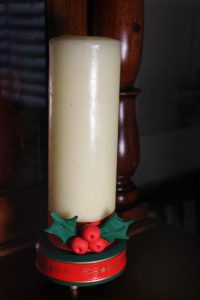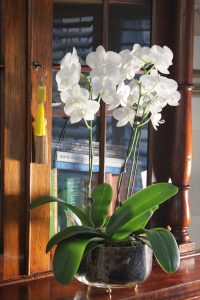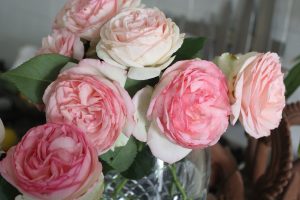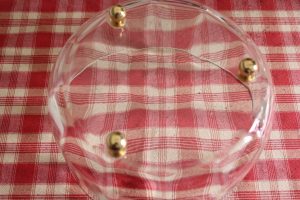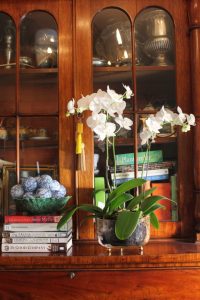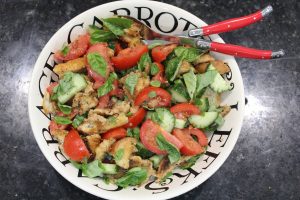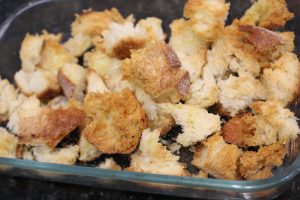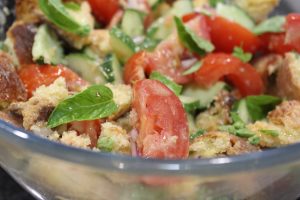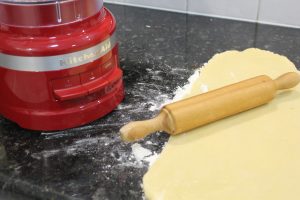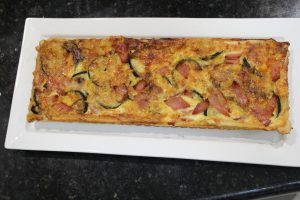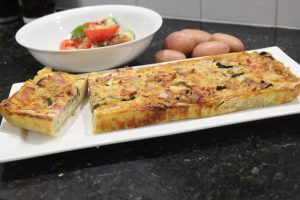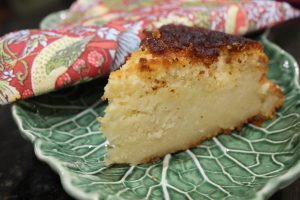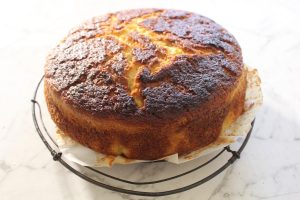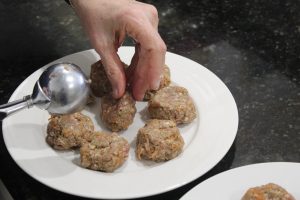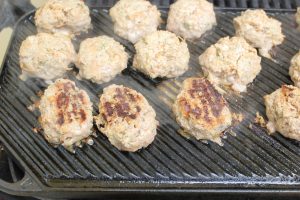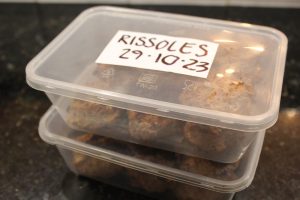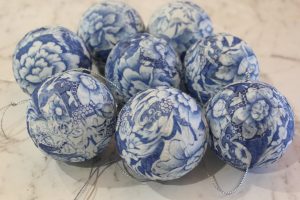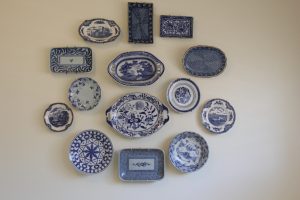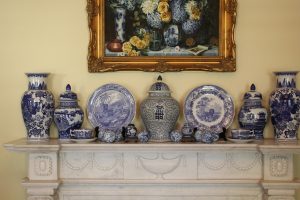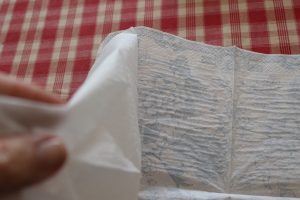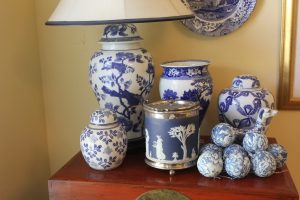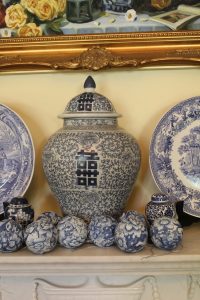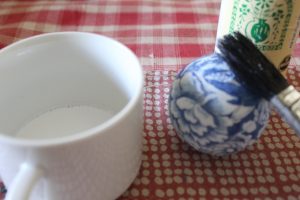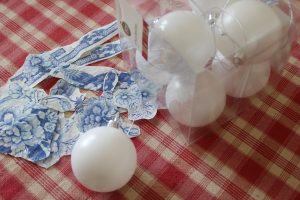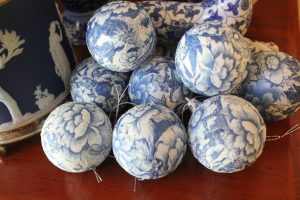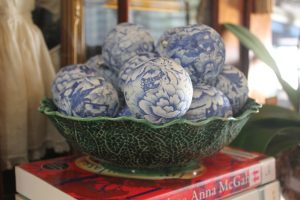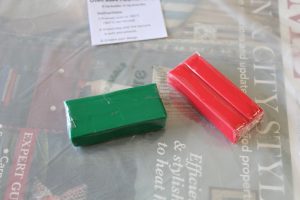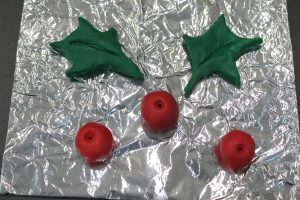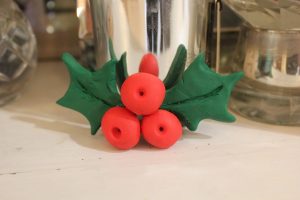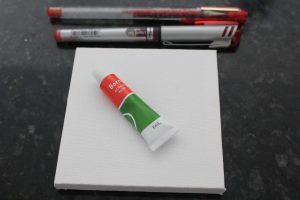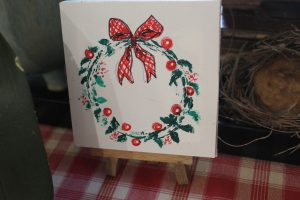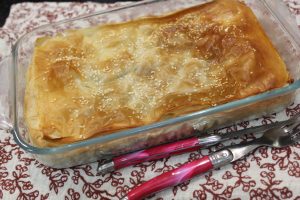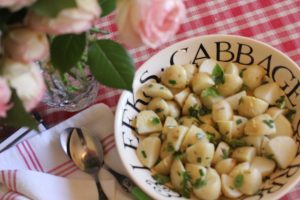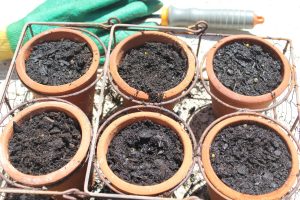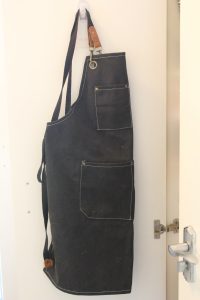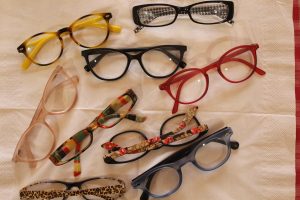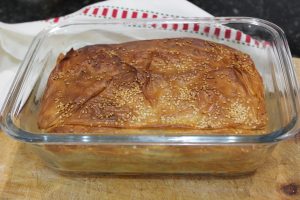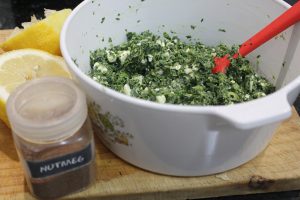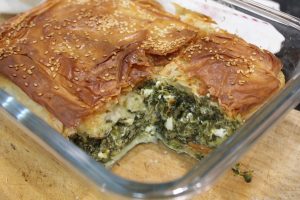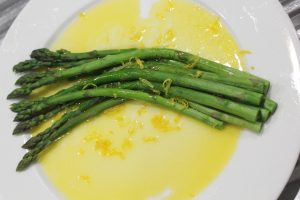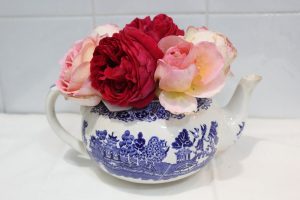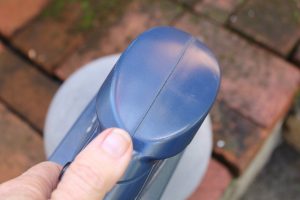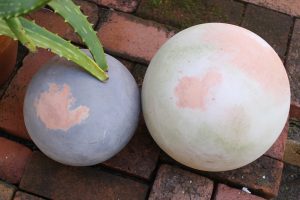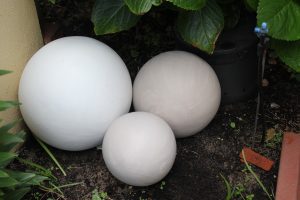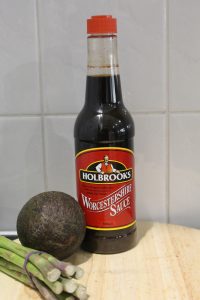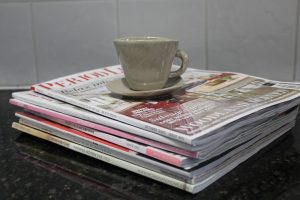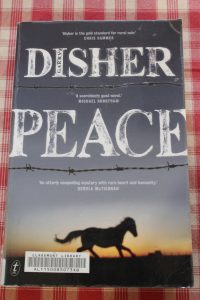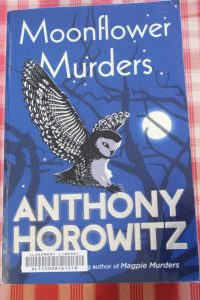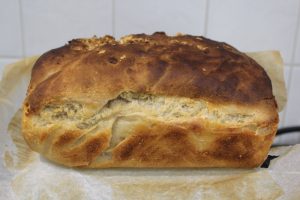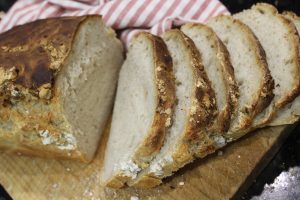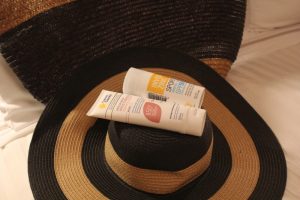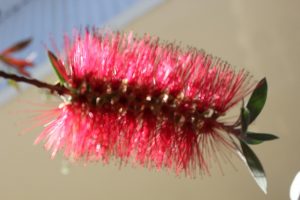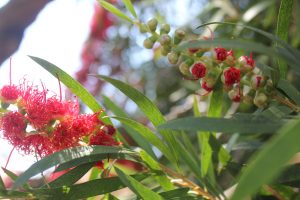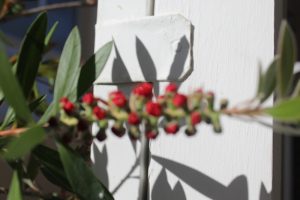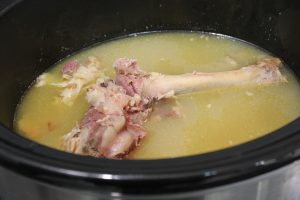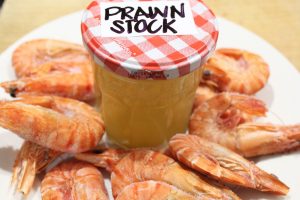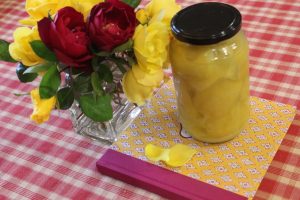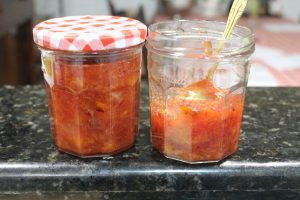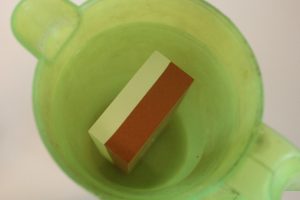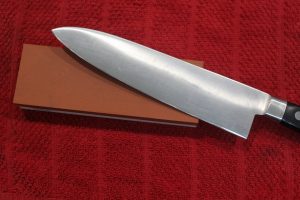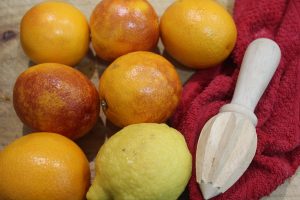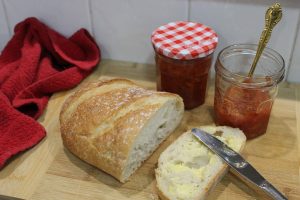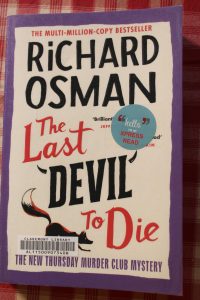three favourite books
Currently, these three books are my favourites! I recommend them to friends who I know will enjoy them and I frequently refer to the recipes. These books are guides to gardening, preparing food and the last one is all about making, cooking and serving pasta. Our son was coming down to stay on the weekend so I began making sauces and gathering ingredients to make pasta. He has the pasta making machine so his pastas come out perfectly laminated, smooth and absolutely delicious.
His trip has suddenly been delayed! I already had the lasagne organised, I’d bought the fennel for the gnocchi, I’d bought ravioli and the ingredients to make a sauce for that and the pasta I thought we’d be making. The lasagne is from Nagi’s recipe tin eats (here) I use her recipes a lot as they really suit us. This lasagne says it serves six but it actually resulted in eight generous serves.
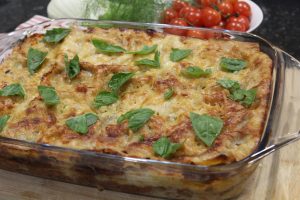

Garden Like A Nonno
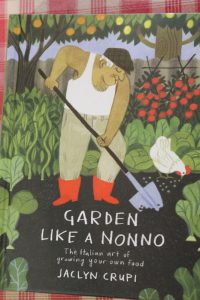

This book is packed with information about growing your own food and flowers and utilising every asset available, especially if it is free or recycled. Jaclyn Crupi tells stories about both her (nonnos) grandfathers and their gardening habits and skills, how they preserved their crops, dealt with pests and enriched their soils. I found the hints on increasing soil quality really useful as I garden on grey beach sand. A good reference book.
Nonna Knows Best
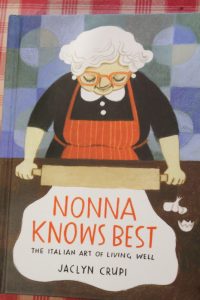

Jaclyn Crupi”s second book and this time she describes the beliefs and habits of her two nonni (nonnas) and their contemporaries. The essence of this loving account about how nonnas live is simple; grow your own and shop locally, take care of your family, friends and belongings, be sociable and stay closely connected, keep things simple, love generously and unconditionally and be in touch with your spiritual side. Have a nap in the afternoon should probably be added to the list! Sounds easy, but these nonnas work hard in the kitchen and the rest of the house and the garden. Whilst maintaining the habits of the countries they left, often as small children, these nonnas make new homes and new lives in ‘the lucky country’.
Pasta Love
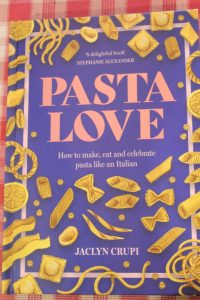

Jaclyn Crupi was born in Australia and spent a lot of time with her Italian grandparents, aunts and uncles and other relatives. She writes lovingly about the various regional pastas and the sauces eaten with them. Only one pasta maker referred to in the book actually weighs her ingredients, the rest just make a volcano shape with flour on the benchtop and add water or eggs until it feels just right. This book is a love letter to pasta but also tells about the Italian ladies, including her nonnas, she learnt pasta making practises from, their histories and how they came to be in Australia and the jobs available to them at that time.
You might have noticed all three books are written by the same author, Jaclyn Crupi. Australia is made up of so many cultural groups and we’re quick to adopt the best foods from every country. Genetically my family has no connection with Italians, but our tastes buds really like their cuisine. Their pasta in it’s many shapes and forms, the accompanying sauces, the vegetable rich soups, the beautiful salads, their amazing desserts and those cakes! What’s missing? Pizza! Apparently I am the only person in the world who doesn’t really like pizza.
I feel my family are multicultural in our food preferences. Along with Italian food, we regularly seek French, Chinese, Indian, Thai, Vietnamese, Japanese and German food. We shop for food in an Italian green grocer, a German supermarket, an Indian supermarket, a Chinese grocer and several different Italian shops for cheese, bread, cold meats, biscuits and assorted other temptations. I have just eaten a bowl of Japanese rice crackers.
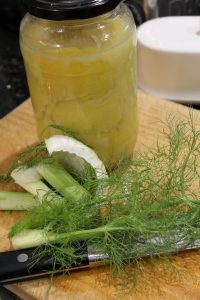

Yesterday I bought a beautiful fresh fennel bulb to make a gnocchi sauce I thought I’d read about in the Pasta Love book, but I can’t find it! All the online recipes I found had milk or cream in them and didn’t feel right. So no recipe as I’ve improvised and although we love the gnocchi in fennel sauce I’m not sure if I could exactly reproduce it!
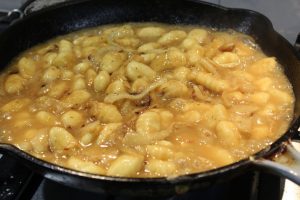

Thinly sliced fennel was lightly browned in a pan with preserved lemon strips added after about five minutes. Then I added a roux made from chicken stock, butter, water and flour and let it all cook. No added salt as the preserved lemons were very salty. Lightly browned the gnocchi then added it to the sauce. Served with the fennel fronds (dill) scattered on top. Added some grated sheeps’ pecorino, too. I hope I can reproduce this as we really liked it.

